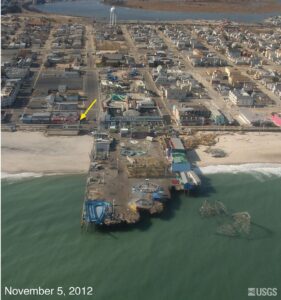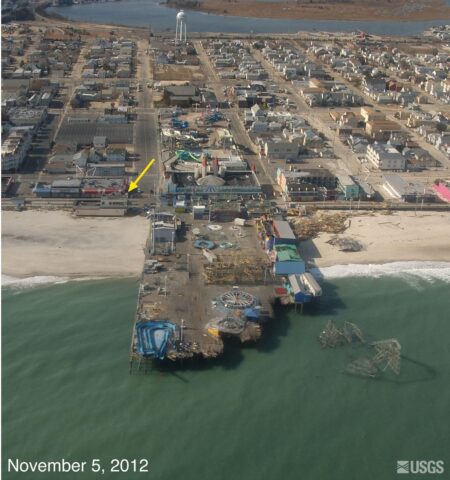Philadelphia School Board Reviews Student Engagement in Arts and Extracurricular Activities
Analyzing Student Involvement in Creative and Extracurricular Programs Across Philadelphia
The Philadelphia School Board recently gathered at the Broad and Liberty location to assess how students participate in arts and extracurricular activities throughout the district. Their evaluation revealed a diverse participation landscape, with notable differences in engagement levels depending on the school and grade. While some schools boast strong involvement in disciplines such as music, drama, visual arts, and athletics, others face obstacles including limited program availability and transportation difficulties that hinder student access.
Several critical elements influencing student participation were identified:
- Program Diversity: Not every school offers a wide range of activities, restricting options for students with varied interests.
- Family and Community Engagement: Student involvement often increases when families and local communities actively support these programs.
- Scheduling Challenges: Conflicts between academic responsibilities and extracurricular timings can reduce participation.
- Transportation Issues: Many students struggle with reliable transportation to attend after-school activities.
| Grade Level | Arts Participation (%) | Extracurricular Participation (%) |
|---|---|---|
| Elementary | 65% | 50% |
| Middle School | 57% | 68% |
| High School | 49% | 72% |
Overcoming Barriers and Leveraging Opportunities to Enhance Creative Engagement
Efforts to broaden access to arts and extracurricular programs in Philadelphia’s schools face significant hurdles, including budget limitations and unequal resource distribution. Many institutions lack sufficient funding for essential supplies, instruments, and qualified instructors, which restricts program quality and reach. Additionally, transportation and scheduling remain persistent challenges, especially for students residing in outlying neighborhoods or juggling multiple commitments.
Despite these difficulties, innovative collaborations between schools and local arts organizations have emerged, utilizing community assets to sustain and expand offerings. Some promising strategies include:
- Implementing virtual arts classes and workshops to reach students remotely and increase inclusivity.
- Hosting events and classes in community centers, libraries, and public spaces to decentralize access.
- Creating mentorship initiatives that connect students with Philadelphia-based artists and industry professionals.
- Intensifying efforts to secure grants focused on arts education and youth enrichment.
| Challenge | Innovative Solution | Expected Benefit |
|---|---|---|
| Insufficient Funding | Collaborative grant proposals with community partners | Expanded program offerings and resources |
| Transportation Difficulties | Mobile art studios and neighborhood-based classes | Improved student access and participation |
| Shortage of Skilled Instructors | Artist-in-residence programs and professional development workshops | Enhanced educational experiences |
Insights from Educators, Families, and Community Leaders on Boosting Student Participation
During the recent board meeting, educators, parents, and community representatives voiced their perspectives on enriching student engagement in arts and extracurricular activities. Parents highlighted the importance of culturally responsive programs that mirror Philadelphia’s rich diversity, advocating for collaborations with local artists to diversify curricula and after-school options. Teachers stressed the need for smaller class sizes and increased funding to provide personalized instruction and well-equipped learning environments, which are essential for nurturing creativity and sustained involvement.
Key themes from these discussions included:
- Technology Integration: Utilizing interactive digital platforms to captivate tech-savvy students.
- Mentorship Expansion: Strengthening connections between students and local professionals in creative fields.
- Flexible Scheduling: Designing programs that accommodate students’ diverse commitments and interests.
- Mental Health Support: Providing resources to maintain student motivation and emotional well-being.
| Stakeholder | Recommended Approach | Anticipated Outcome |
|---|---|---|
| Parents | Programs reflecting cultural diversity | Increased enthusiasm and attendance |
| Teachers | Reduced class sizes and resource enhancement | Better focus and skill acquisition |
| Community Leaders | Mentorship and local partnerships | Stronger real-world learning connections |
Actionable Strategies to Amplify Student Engagement in Arts and Extracurriculars
Increasing program visibility and accessibility is essential to boost student involvement in Philadelphia’s public schools. Stakeholders are encouraged to deploy multifaceted outreach efforts, including targeted social media campaigns and district-wide showcases that celebrate student achievements and creativity. Collaborations with cultural institutions can offer students immersive experiences while fostering community ties. Schools must also prioritize eliminating financial and logistical obstacles to ensure equitable participation for all students, regardless of socioeconomic background.
Strengthening support and resources is another vital recommendation. This involves investing in ongoing professional development for arts educators and activity coordinators to cultivate innovative, student-focused programming. Allocating funds for materials, transportation, and dedicated spaces will help sustain high-quality offerings. The table below outlines priority investment areas and their projected impacts:
| Investment Focus | Projected Benefit |
|---|---|
| Professional Development for Educators | Improved curriculum delivery and engagement |
| Art Supplies and Equipment | Enhanced student creativity and participation |
| Transportation Support | Higher attendance and accessibility |
| Facility Enhancements | Safe, inspiring environments for learning |
Conclusion: Advancing Student Engagement in Philadelphia’s Arts and Activities
As the Philadelphia School Board continues its comprehensive review of student participation in arts and extracurricular programs, optimism remains high that renewed focus and investment will expand opportunities for youth across the city. The recent discussions at Broad and Liberty reaffirm the district’s dedication to cultivating a holistic educational experience, recognizing the indispensable role that creative and extracurricular pursuits play in student growth. Moving forward, educators, families, and community leaders alike will closely monitor the Board’s initiatives aimed at fostering greater inclusivity and engagement in these vital programs.







